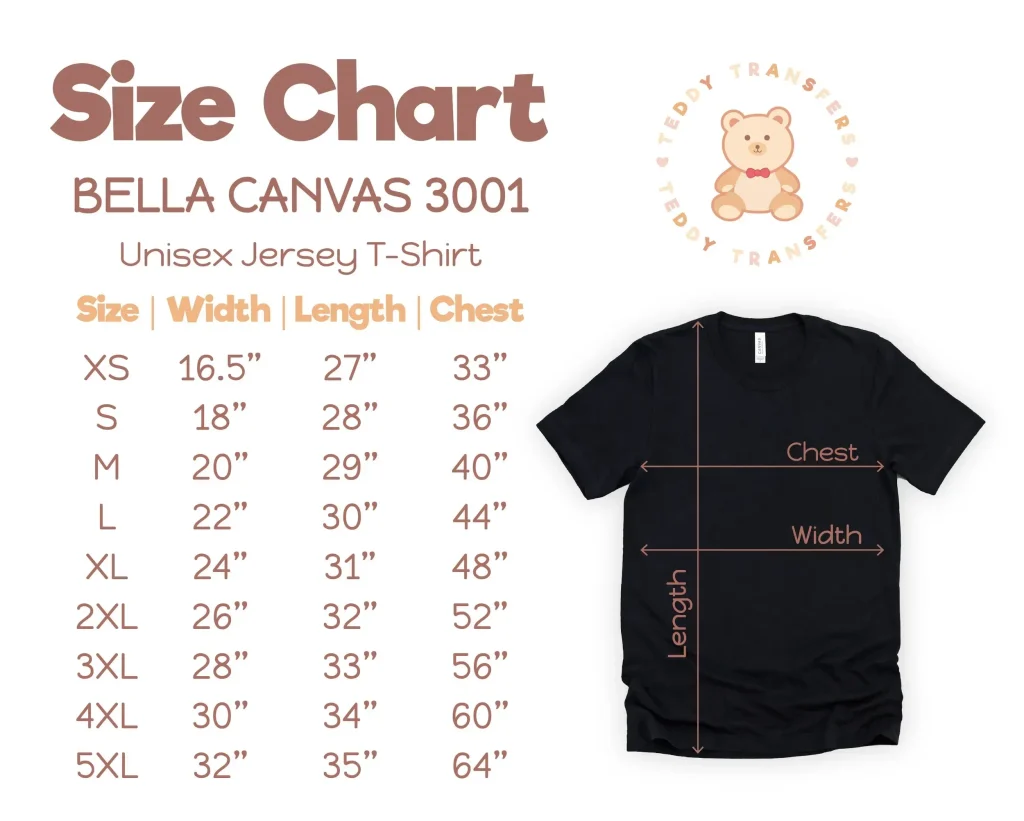DTF transfer by size has emerged as a game-changer in the t-shirt printing landscape, combining efficiency with unparalleled customization capabilities. This innovative technology allows businesses to tailor designs to specific garment sizes seamlessly, enhancing the overall customer experience. By adopting DTF transfer techniques, companies can not only improve their production processes but also meet the growing demand for custom t-shirts with ease. With a focus on size optimization, this approach minimizes material wastage and maximizes creativity, ensuring that every print is perfectly proportioned. As apparel customization trends continue to rise, understanding DTF transfer by size is vital for those looking to thrive in the competitive world of t-shirt printing.
Exploring alternative terms for DTF transfer by size, we can refer to it as size-optimized direct-to-film printing, an impactful modern technique reshaping apparel customization. This process empowers businesses and designers to produce high-quality prints that cater specifically to the dimensions of various garments. By leveraging current advancements in printing technology, custom clothing producers can enhance their offerings with tailored sizes and designs, resulting in a more engaging consumer experience. The ability to accurately adjust print specifications not only streamlines production but also aligns with the increasing preference for personalized apparel in the marketplace. As the demand for unique t-shirts grows, incorporating size specifications into DTF transfer methods is becoming essential for success.
Understanding DTF Transfer Techniques for Optimal T-Shirt Quality
DTF transfer techniques are revolutionizing the way custom t-shirts are produced. By utilizing Direct to Film (DTF) transfer technology, businesses can achieve high-quality prints that are both vibrant and durable. This method involves printing designs on a special film which is later transferred onto fabric using heat and pressure. The precision of this printing technique ensures that colors remain true and designs are highly detailed, elevating the standard for t-shirt printing.
Additionally, DTF transfer printing is particularly beneficial when it comes to fine-tuning the output for various apparel sizes. This means that the same design can be resized effectively for small, medium, or large shirts without compromising the aesthetic quality. As a result, apparel customization becomes seamless, allowing brands to cater to diverse customer preferences.
Frequently Asked Questions
What are the benefits of using DTF transfer by size for t-shirt printing?
DTF transfer by size offers numerous benefits for t-shirt printing, including enhanced customization options, improved print quality, and cost efficiency. By optimizing print sizes according to garment dimensions, businesses can reduce waste, achieve vibrant and intricate designs, and cater to diverse customer needs effectively.
How does size optimization in DTF transfer enhance custom t-shirts?
Size optimization in DTF transfer enhances custom t-shirts by allowing precise adjustments of designs to fit various sizes perfectly. This ensures that prints maintain their proportions and visual appeal across different t-shirt sizes, ultimately leading to higher customer satisfaction and engagement.
Can DTF transfer techniques handle multiple sizes in one print run?
Yes, one of the significant advantages of DTF transfer techniques is their ability to accommodate multiple sizes in a single print run. Advanced DTF printers come with real-time preview features and adjustable print areas, allowing businesses to efficiently print designs for various sizes without compromising quality.
What type of designs work best with DTF transfer by size methods?
DTF transfer by size methods work best with intricate and vibrant designs. This printing technique excels in producing high-resolution images and allows for complex designs to be printed clearly on different t-shirt sizes, making it ideal for custom apparel that requires detailed artwork.
Is DTF transfer by size a cost-effective option for small t-shirt businesses?
Absolutely! DTF transfer by size techniques are particularly cost-effective for small t-shirt businesses. By adjusting print sizes to match t-shirt dimensions, companies can minimize ink and fabric waste, making it easier to manage budgets and maximize resources.
How does DTF transfer align with sustainability trends in apparel customization?
DTF transfer aligns with sustainability trends by using eco-friendly inks and materials that reduce waste. As consumer demand for environmentally conscious products grows, adopting DTF transfer methods not only meets these expectations but also enhances brand reputation in the market.
| Key Point | Description |
|---|---|
| Transform Your T-Shirt Business | DTF transfer by size techniques provide customization, efficiency, and sustainability. |
| What is DTF Transfer Printing? | A method that prints designs on a film, allowing high-quality transfers onto garments. |
| Digital Printing with Size Adjustment | Software tools help tailor design sizes to garment dimensions. |
| Accurate Print Area Calibration | Print area adjusts to design size, minimizing waste. |
| Real-Time Previews | Preview designs on different sized shirts to reduce errors. |
| Benefits of DTF Techniques | Includes customization, improved technology, cost-efficiency, market alignment, and sustainability. |
Summary
DTF transfer by size techniques are revolutionizing the t-shirt business by enhancing operational efficiency and supporting the growing demand for customized apparel. This innovative printing method allows businesses to optimize their designs based on garment sizes, ensuring a perfect fit for every customer. With advancements in printing technology, companies can now offer vibrant, high-quality prints while reducing waste and costs, aligning with market trends that favor personalization and sustainability. Adopting DTF transfer by size not only positions a brand to meet consumer expectations but also elevates its status in a competitive landscape. Embracing these techniques will facilitate growth, customer satisfaction, and responsiveness to trends, ultimately transforming the way t-shirts are produced and marketed.

